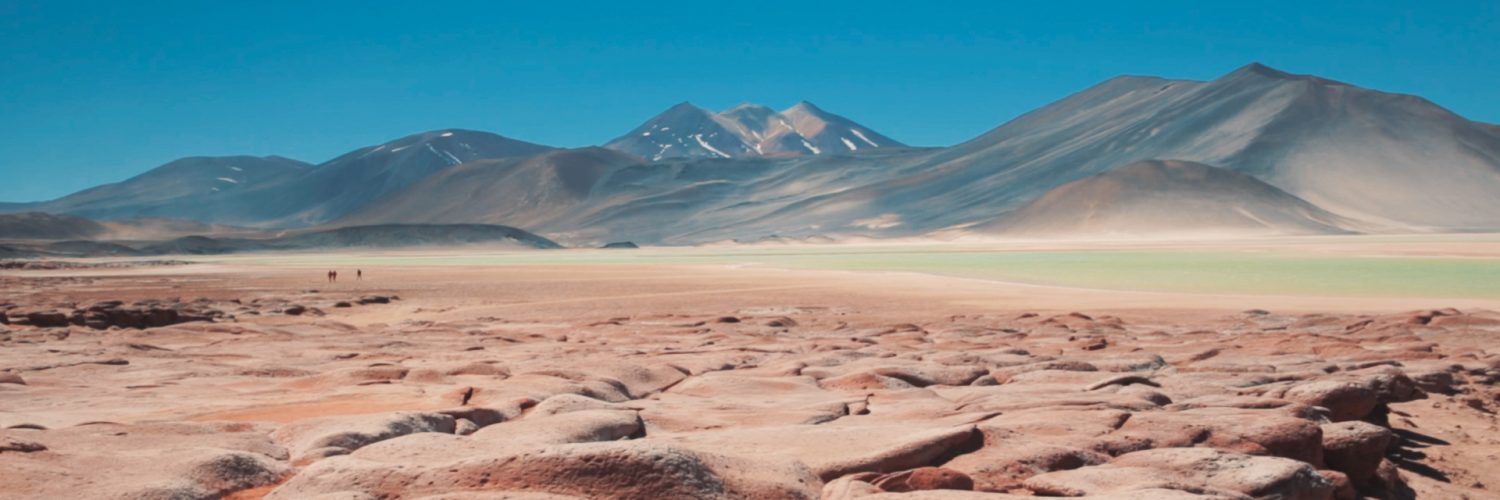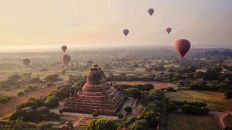
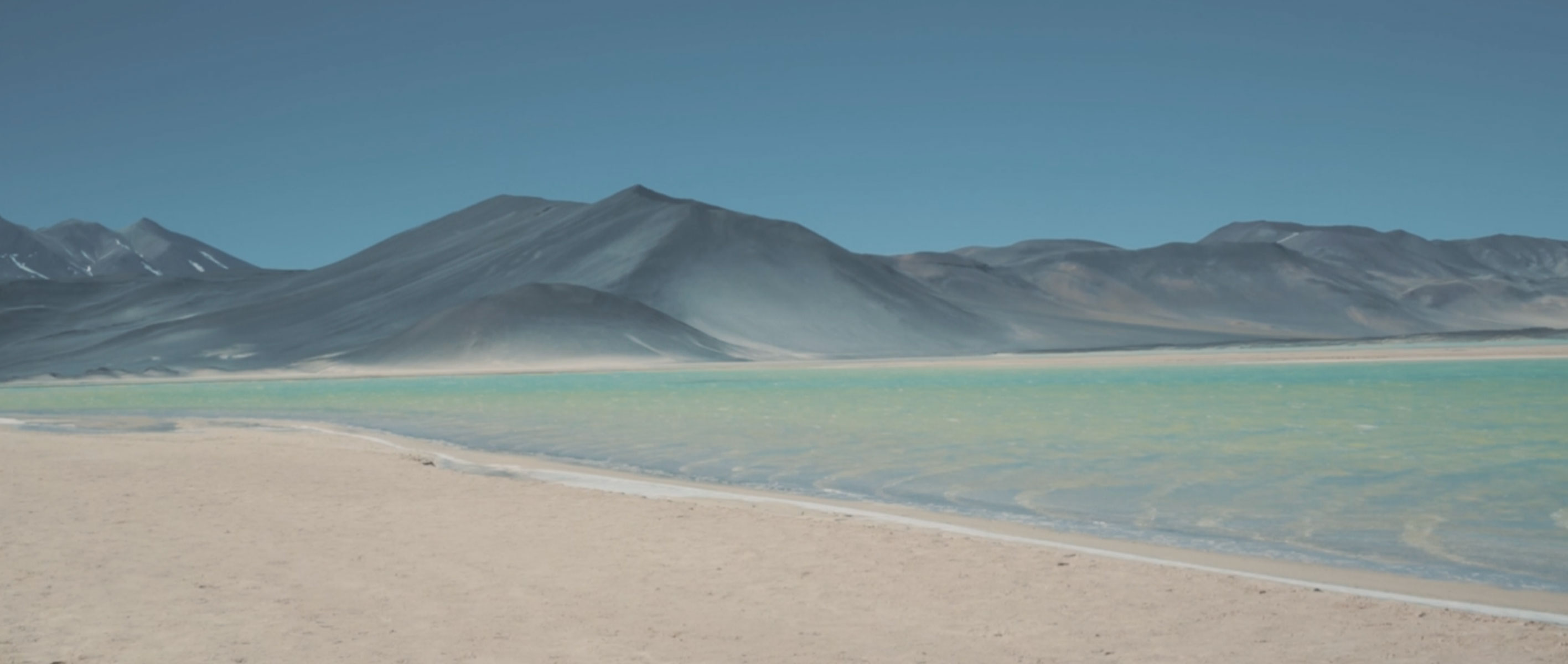
After the sun rises, he paints a plain of rocks red. Intense tones created by the oxidation of the iron of the stones, which in contrast with the skies, snow-capped volcanoes, and greenish lakes, create a magnificent landscape.
Nearby, a white desert shines in a great depression near Atacama. The waters of the rains, they slide continuously through the Andean mountains until they find solid ground, dragging in their way hundreds of minerals. Being isolated, without escape, the sun begins to evaporate, revealing a long mantle of salt. The impassive flamingos begin their rhythmic movement in search of the minerals of these stagnant waters.
Coming down from the high plains, we find beautiful beaches, ready to offer great waves for surfers and beautiful views of the stars on clear nights.
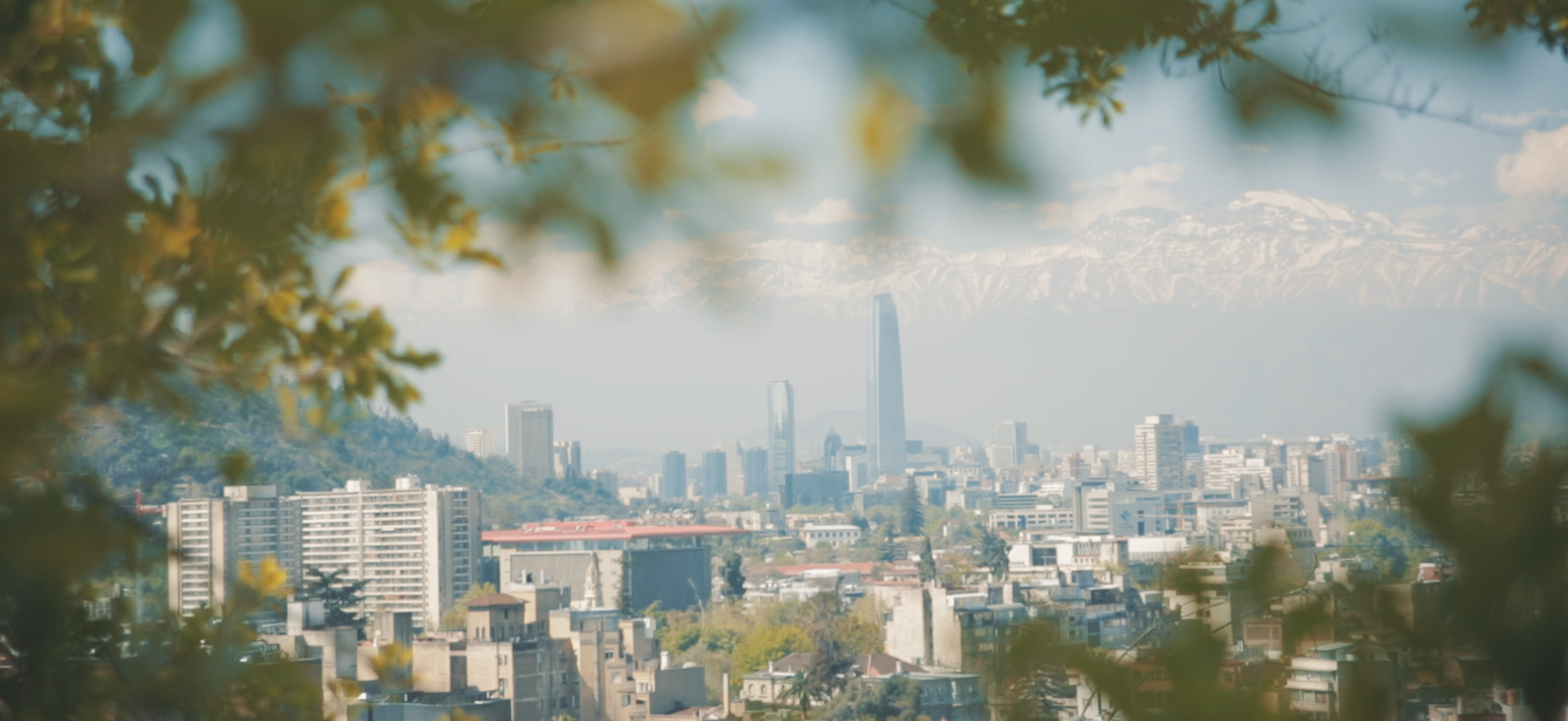
In the center, where the busiest cities come together, you can see the best urban art in the country making its way between mountains, lakes, and volcanoes. The capital, Santiago de Chile, has several high hills from which to admire the entire city. The views of the buildings trapped between a row of mountains are incredible. If it is at sunset the views will improve plausibly.
Next, to the capital, there is a small coastal town housed on the slopes of a hill. Valparaíso, city of colors, music, graffiti, a city of customs. The relaxed atmosphere and the intimate Chileans make it a pleasant visit.
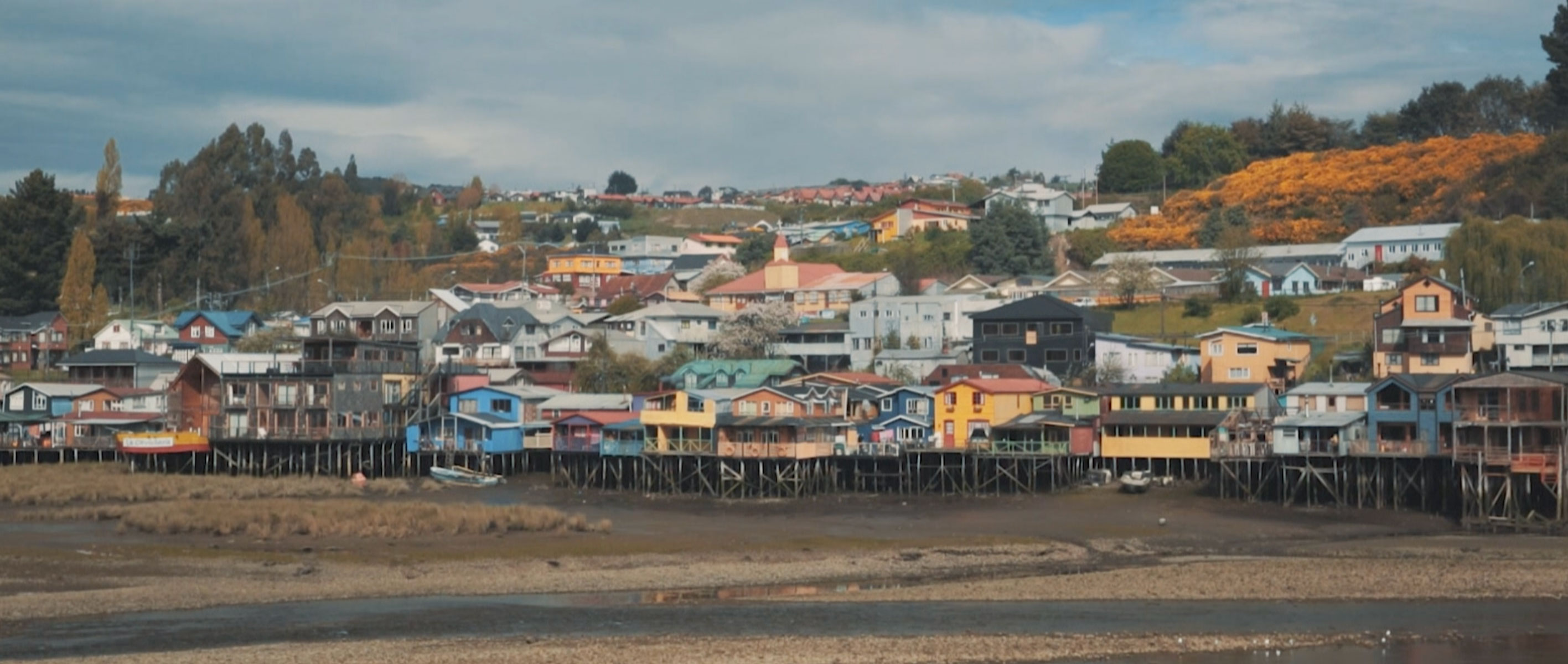
After descending to the south, through hundreds of lakes and volcanoes, we find the island of Chiloé, central piece of an archipelago with the same name and more than 9,000 square kilometers of surface. Throughout the whole island, you can see amazing churches built entirely of wood since the 18th century. Each one with its unique style, color, and environment.
Among churches, one of the most beautiful postcards of Chile appears, Castro’s palafitos, with their houses of infinite colors, their wooden beams and a volatile floor that changes with the tide creating impressive reflections.
If we go to the western shores of Chiloé, from Tantauco Park to Ancud, we can see numerous whales that sail through the waters of the Pacific, sea lions and thousands of penguins.
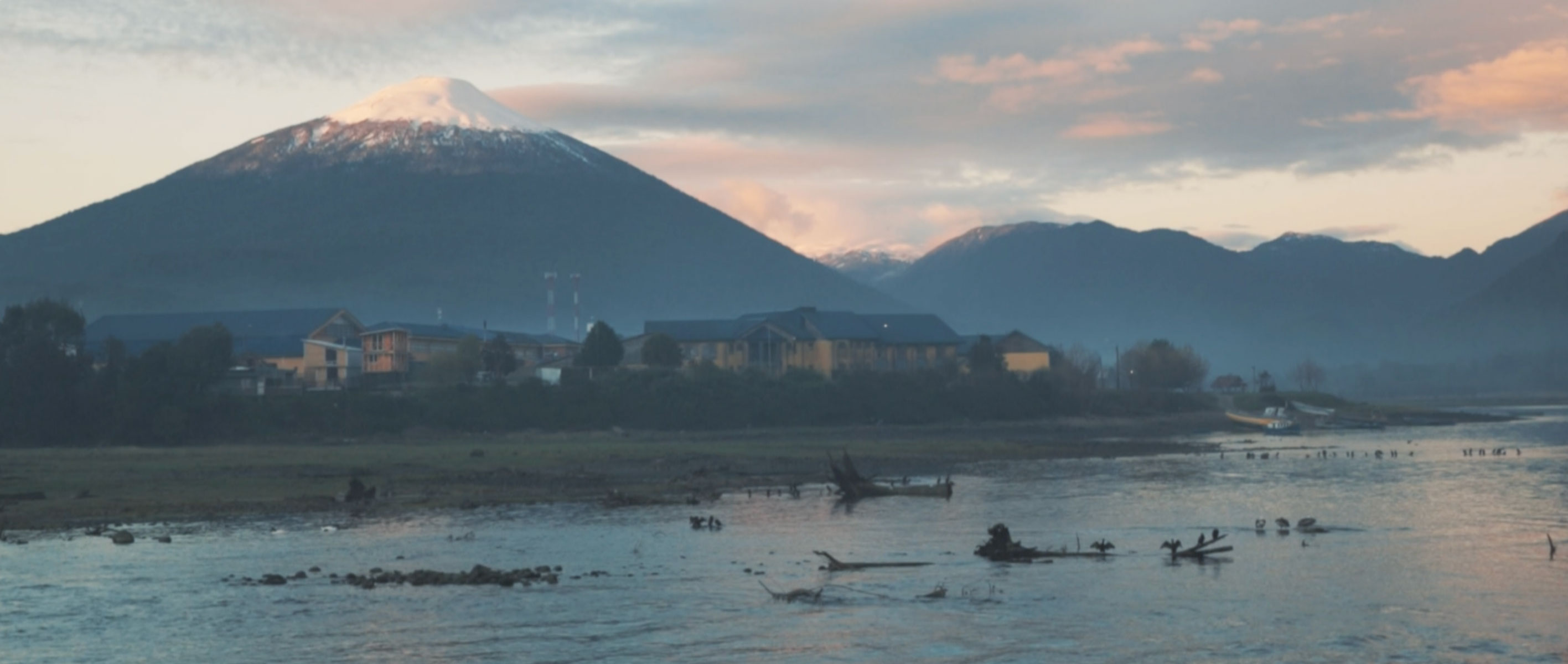
Near the island of Chiloé, we find Puerto Montt, a small coastal town that marks the beginning of one of the most beautiful routes in South America, the Austral highway. After starting for a few kilometers of recent asphalt, we immediately hit what will be our companion during the more than 3,000 kilometers of road, the gravel. This road will be abruptly broken by small sea gulfs that make it impassable. It is, therefore, necessary to cross a few kilometers by ferry to continue the road. trucks, cars, motorcycles, bikes, and pedestrians …
Once you advance, Patagonia becomes visible. The high mountains begin and the climate becomes unpredictable. Cold, heat, snow, sun, rain, storms, all in one day. According to the Chileans themselves, you will see the 4 stations on the same day.
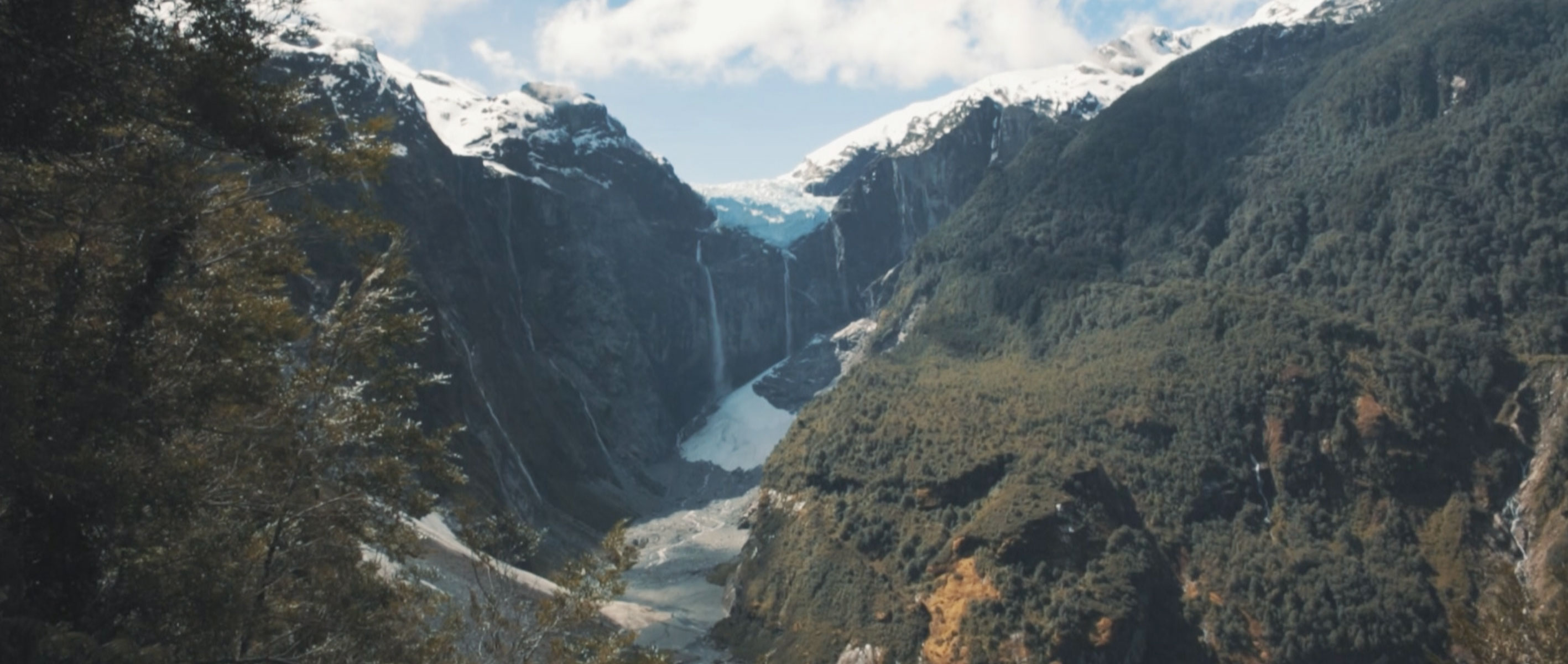
In one of the entrances to Patagonia is the hanging snowdrift in the Queulat National Park. After a short walk to the top of a viewpoint, you will be perplexed by an infinite and gigantic waterfall of ice. Rest and enjoy the views. It is the Patagonian beginning that has only just begun.
An amazing detail that you will see in all the towns of this area of Chile is the evacuation posters for Tsunamis or volcanoes. Everything is organized, there are many misfortunes and therefore provide some solutions for the population. Some of these towns have already been rebuilt after the whirlwind occurred by some neighboring volcanoes. This is the case of Chaitén, which in 2008 had to be evacuated completely after the eruption of the homonymous volcano. The town had to be moved to the neighboring town of Santa Bárbara, where by the way you will find magmatic black sand, one of the most beautiful beaches in southern Chile. To this day, the town of Chaitén is returning to its place and being rebuilt.
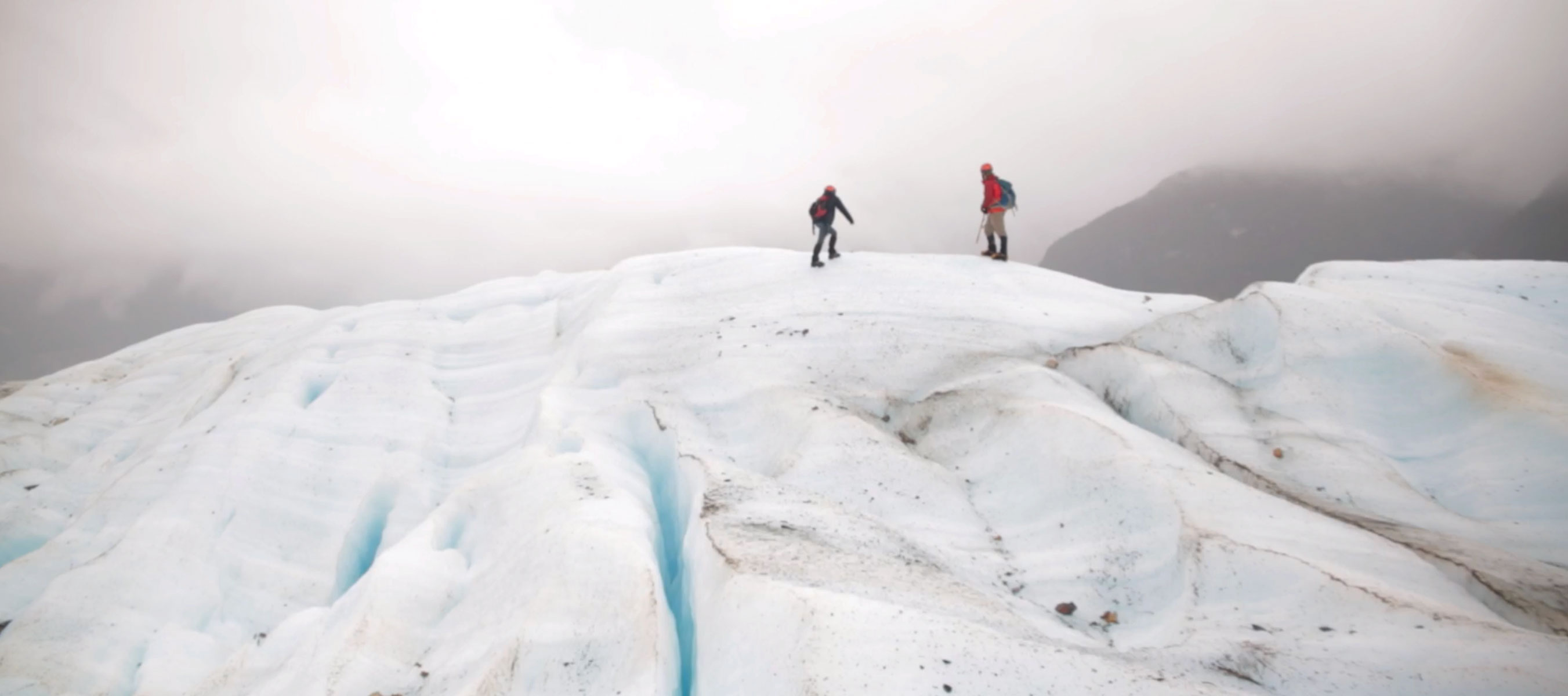
Descending towards the northern ice field, the first of the two largest surfaces of Patagonian ice appears. This, with 4,200 square kilometers of surface, is one of the most touristy due to its easy access from Coyhaique.
It has an extension of about 120 km long in the north-south direction and 50 to 70 km wide in the east-west direction. The most important and impressive glaciers are the San Rafael or the Exploradores Glacier. A small route with crampons on its ice dermis will make you enjoy incredible views.
Very close, and shared with Argentina, appears the largest lake in Chile, Lake General Carrera, the outcome of the sad fate of the melting glaciers in the area. A sparkling lake, where due to the strong winds and water wear, beautiful figures and chapels sculpted on the marble rocks are created. This lake is worthy of surrounding through the gravel until crossing by ferry near the border with Argentina.
Chile Chico marks the Chilean border and traces the path in a straight line to one of the most beautiful parks in northern Patagonia. The Cerro Castillo National Park stands impressive against a charming valley. If the weather permits, start climbing this magnificent hill, the views from above have been worth it. Around this park is one of the largest reserves of huemules. Go slow! There are hundreds of abuses every year and few are left.
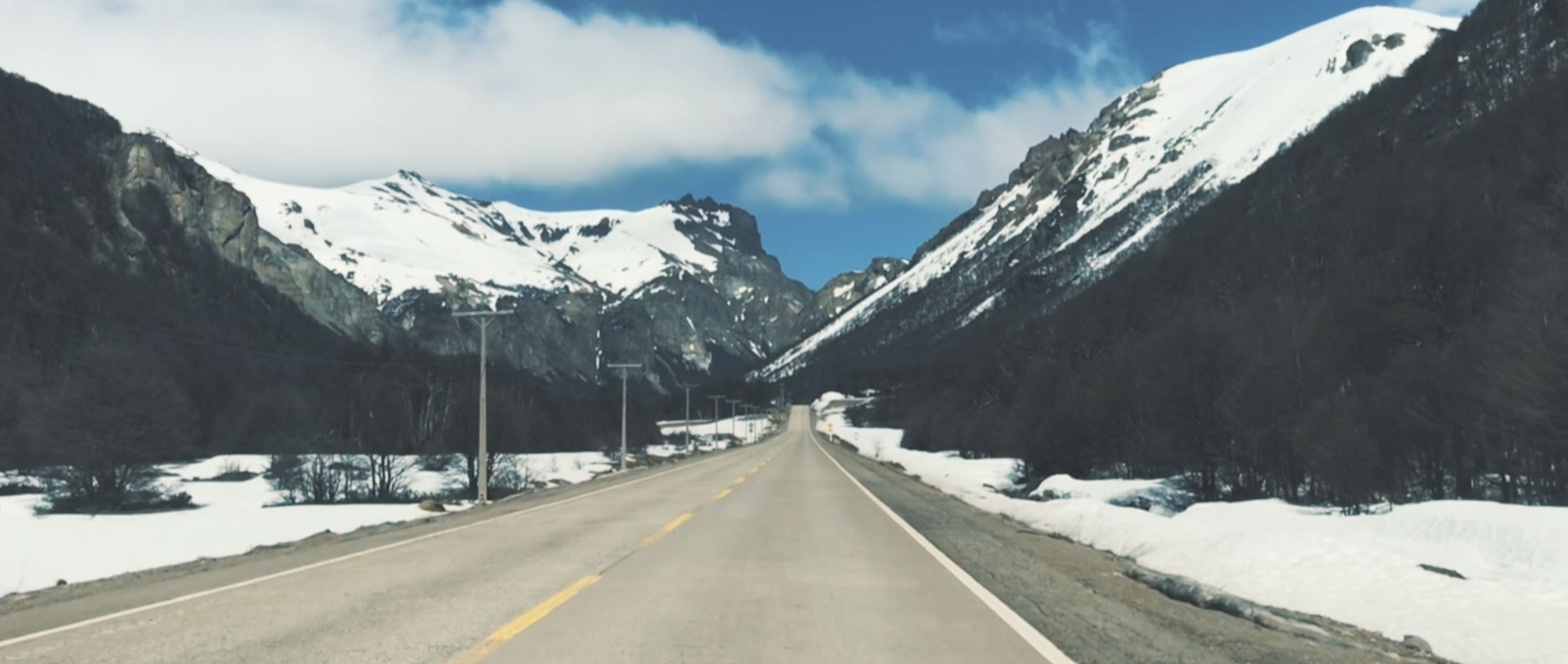
Back, and after redirecting the gravel, will change a wheel or help an adventurer to change it, is part of the trip and no one is freed. Finally, it’s time to take the ferry again, watching as a row of impressive mountains grow smaller on the horizon. The bravest will rise above some capricious cloud without wanting to get away. It will be a panoramic worth remembering.


